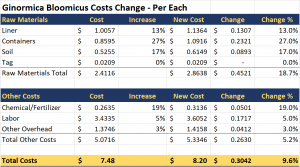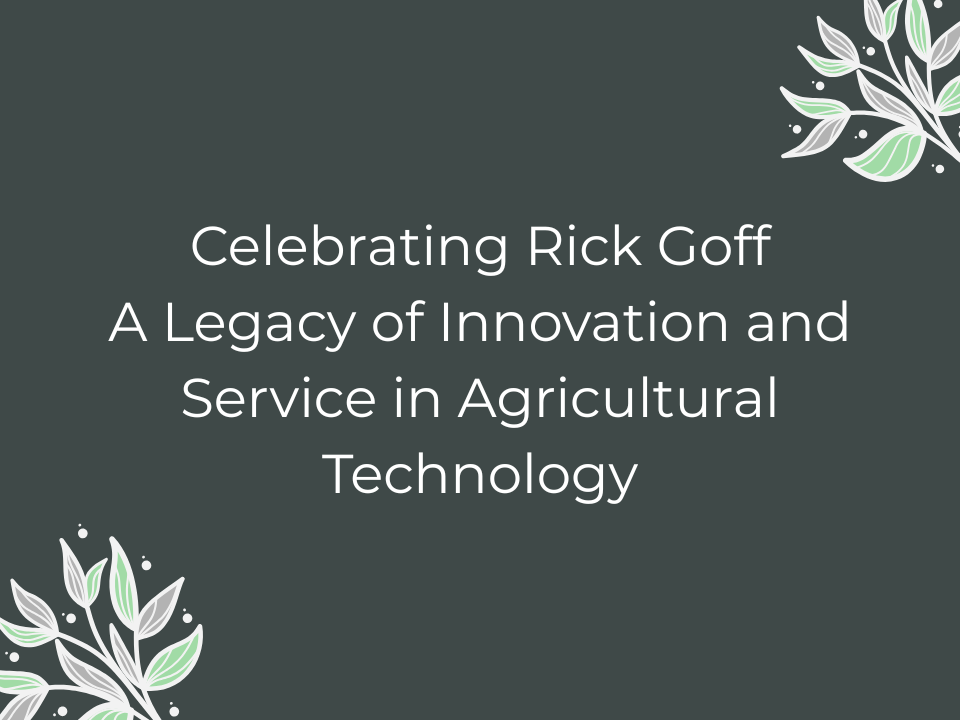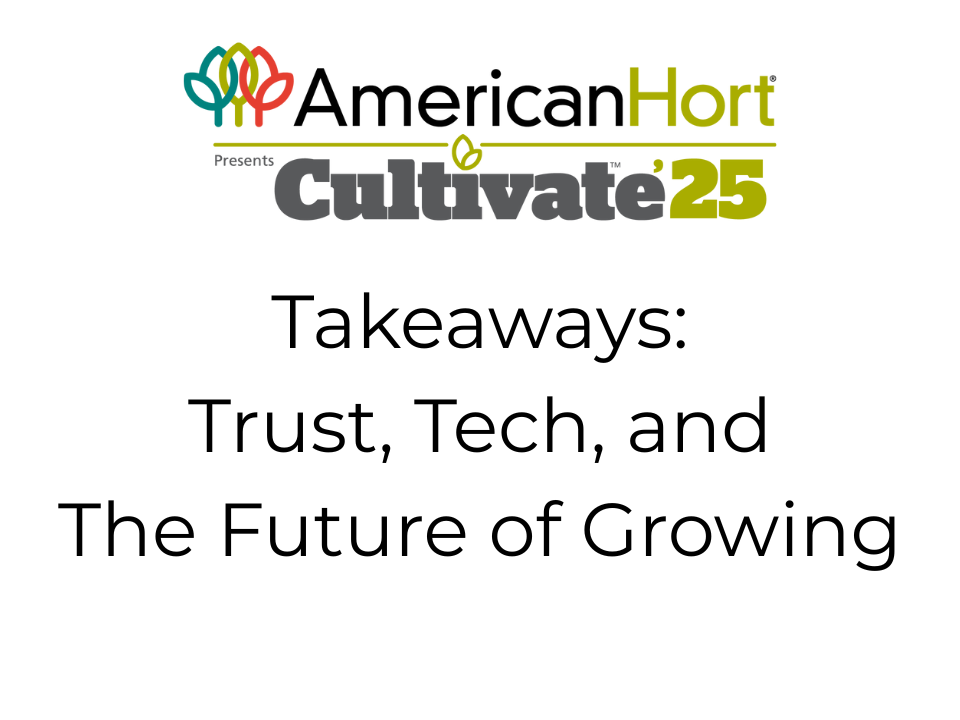
Payments 101: Understanding the Basics
December 28, 2023
Which Technology ChatGPT Says Will Help Growers Succeed in 2024
January 23, 2024The AGS team has worked with hundreds of growers over the years. In these interactions, several themes coalesce for the growers that seem to consistently generate successful results year over year.
1) They Can Grow Plants
This may seem like a no brainer but it’s true.
The successful grower can grow quality plants in a predictive manner, whether through their own expertise or through key staff.
Successful growing involves understanding and managing a variety of competing factors such as the environments you serve, the plant growth cycles, weather effects, pests and disease management and crop nutrition to name just a few.
All these elements must coalesce into the right products at the right quality levels, ready at the right time for the market served.
Growers who can do this build reputation and market leadership.
2) They Know Their Costs
Let’s face it, costing, accurate costing, is difficult in our industry.
There are many costing factors. There are the raw material costs, raw material freight costs, in-house propagation costs, varying labor costs, costs for fertilizer and needed chemicals. There are also bump up and carry costs with certain types of inventory. And there are many types of other allocated costs that comprise the true cost of an individual SKU.
Then there are the actual costing methods to consider. Some growers use standard costing or average costing, some use most recent costing and so on. The costing allocation methods come into play here as well where growers allocate non raw material costs by size, or equivalent unit of some sort (like square foot weeks for example).
Costing requires systematic tracking of these variables, and the data analysis tools and skills to compute and manage costs.

Without known costs, any pricing you do is wishful thinking.
An effective costing program is an investment of effort and tools and sometimes third-party expertise, but the result is a clearer, predictive picture of profitability as the grower works through planning cycles and negotiates new sales deals with customers.
3) They Have A Strategic Leadership Mindset
They have a vision for their business and their actions and communication to employees are guided by where they want to go.
Strategic business operation always drives today’s actions to build toward tomorrow’s goals.
Certainly, growers must do this on a micro-scale all the time. You must seed or bump enough weeks before the sale to have the plant ready. No doubt. Strategic leadership takes that to the next level, making sure the sum of the current actions is driving toward the future they envision.
For these growers, strategic leadership drives actions, measures results and metrics, assesses variance to the vision, makes correcting changes that drive new actions. This is the strategic leadership feedback loop.
Growers that operate with strategic mindset practices are much more likely to achieve their goals, enjoy better financial results, have more satisfied employees, adapt to change better, and when that time comes can typically exit or pass on their business at a higher valuation.
4) They Use Software And Data Systems To Their Advantage

Copyright Advanced Grower Solutions
So many aspects of our industry require the help of data systems and software. Good grower software helps standardize processes, track key aspects, and provide institutional memory.
Past generations relied on the memory of the owner or founder or grower. In today’s world this is no longer possible. Nowadays, institutional memory is the combined head knowledge of the employees using systems to track, report and remember the details of the operation.
The processes and standard methods make year over year actions easier and the onboarding of new employees more standardized and streamlined.
Without good, supported software, and data systems the operation carries a much greater risk profile.
5) They Use Forecasting And Planning Is A Standard Part Of Ongoing Business Processes
Too many times I have heard growers revert to ‘do what we did last year’ as a forecasting method. That sets the operation up for failure and missed opportunity.
Like costing, forecasting is a data exercise at heart but there’s more to it.
Forecasting is the intersection of data (sku sales, pricing, events, costs and similar) with rational planning and market knowledge and profitability numbers to assess what could be achieved. The forecasting process involves customer knowledge coupled with market insights. This is laid against the SKU plan and operational constraints of the business to come up with the best scenarios for future success. All of this is iterated over to achieve a forecast aligned with capabilities, willingly accepted risks, market knowledge and opportunities.

Forecasting is a lot of work and data intensive as well. Many growers utilize the further advantage of a third-party consultant to help guide and educate the process as well as drive the heavy ‘data lifting’ needed.
The forecast feeds your production planning and gives your team the ‘map’ for future actions.
Those growers who have a forecasting and planning process achieve greater profitability, respond to changes better and drive better communication throughout their business.
Conclusion
Growers that thrive in today’s competitive landscape must keep their eye on the prize and focus on what works for their business. The AGS team has years of experience helping growers of all sizes optimize their businesses. Contact us today to learn more about how our team can help you improve your operation.





